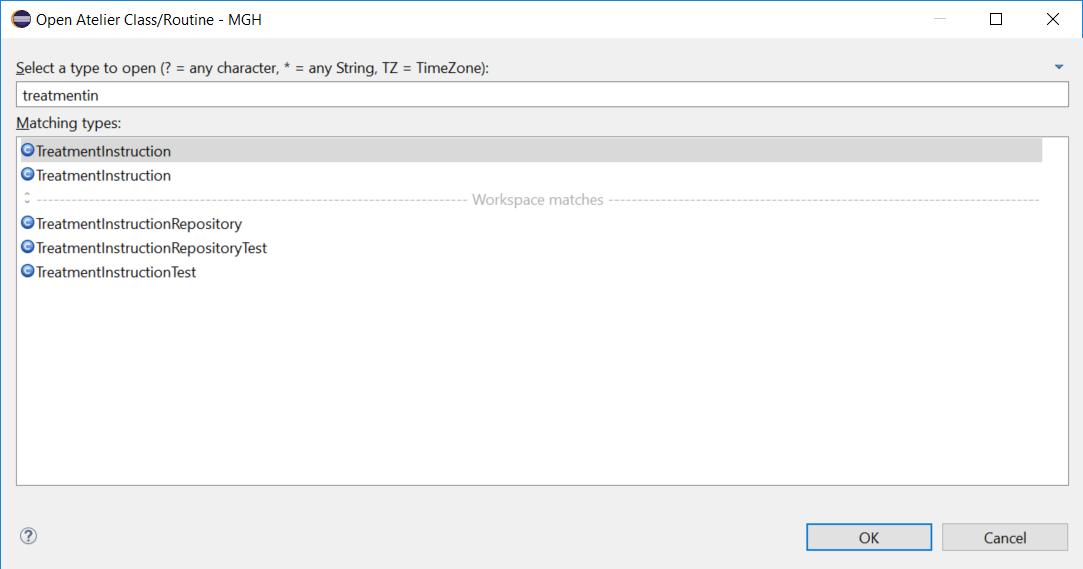Reasonably new to Ensemble but have a requirement to take a HL7 message and send to a external source using a HTTP Post. I already have built an operation that will post a stream forwarded to it but was wondering if there was a shortcut for copying a complete HL7 Message (including end of segment and end of message) into a stream without having to parse through the whole message segments individually. Any pointers would be much appreciated.
InterSystems Developer Community is a community of
25,409 amazing developers
We're a place where InterSystems IRIS programmers learn and share, stay up-to-date, grow together and have fun!


